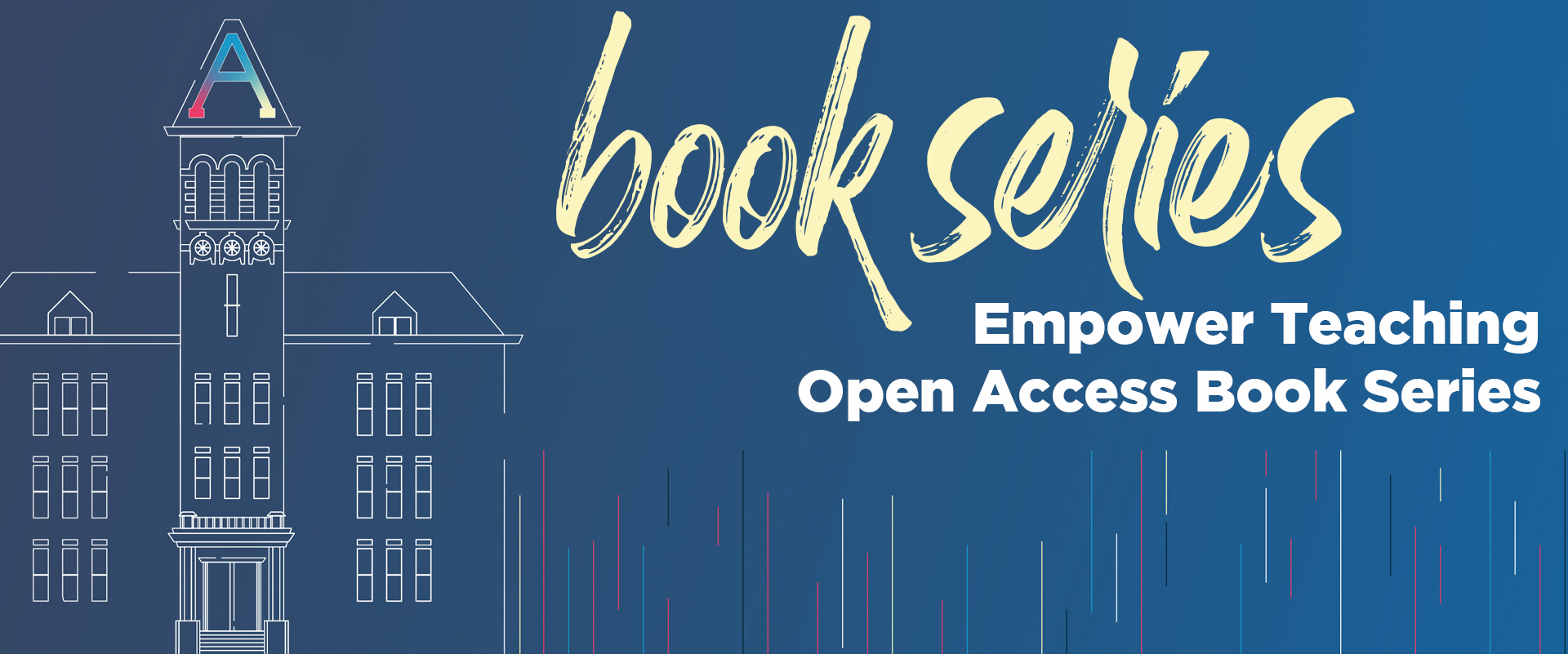Document Type
Chapter
Journal/Book Title/Conference
Habits of Mind: Designing Courses for Student Success
Editor
Julia M. Gossard & Chris Babits
Publisher
Utah State University
Publication Date
2023
First Page
317
Last Page
336
Creative Commons License

This work is licensed under a Creative Commons Attribution-Noncommercial-No Derivative Works 4.0 License.
Abstract
Students enroll in social science research methods courses with varying backgrounds and experiences with quantitative methods (Clark & Foster, 2017; Murtonen et al., 2015; Papanastasiou & Zembylas, 2008). Although some students approach research methods with self-efficacy and positive perceptions (Papanastasiou & Zembylas, 2008; Sizemore & Lewandowski, 2009), other students enter the course with misconceptions about research, and potentially apprehension regarding statistics or other unknowns about engaging in research (Earley, 2014; Kawulich et al., 2009; Slocum-Schaffer & Bohrer, 2019; Wishkowski et al., 2022). At the end of a research methods course, some students show improvements in knowledge in research methods while others remain stagnant (Balloo et al., 2016; Murtonen, 2015). Some students leave a research methods course with improved attitudes towards research (Kawulich et al., 2009) and others do not experience an improvement in attitude (Ciarocco et al., 2013; Sizemore & Lewandowski, 2009). Student motivation in these courses also improves significantly when they feel a sense of belonging to the learning community (Garrison, 2016). There is certainly learner diversity with students in mid-level social science research methods courses (Nind & Lewthwaite, 2018).
Recommended Citation
Tulane, Sarah and Thurston, Travis N., "Chapter 18- "An Amazing Change in Mindset": Student Psychosocial Development and Social Science Research" (2023). Habits of Mind. Paper 20.
https://digitalcommons.usu.edu/habitsofmind/20



Comments
PDF version 2 uploaded 23-12-06.